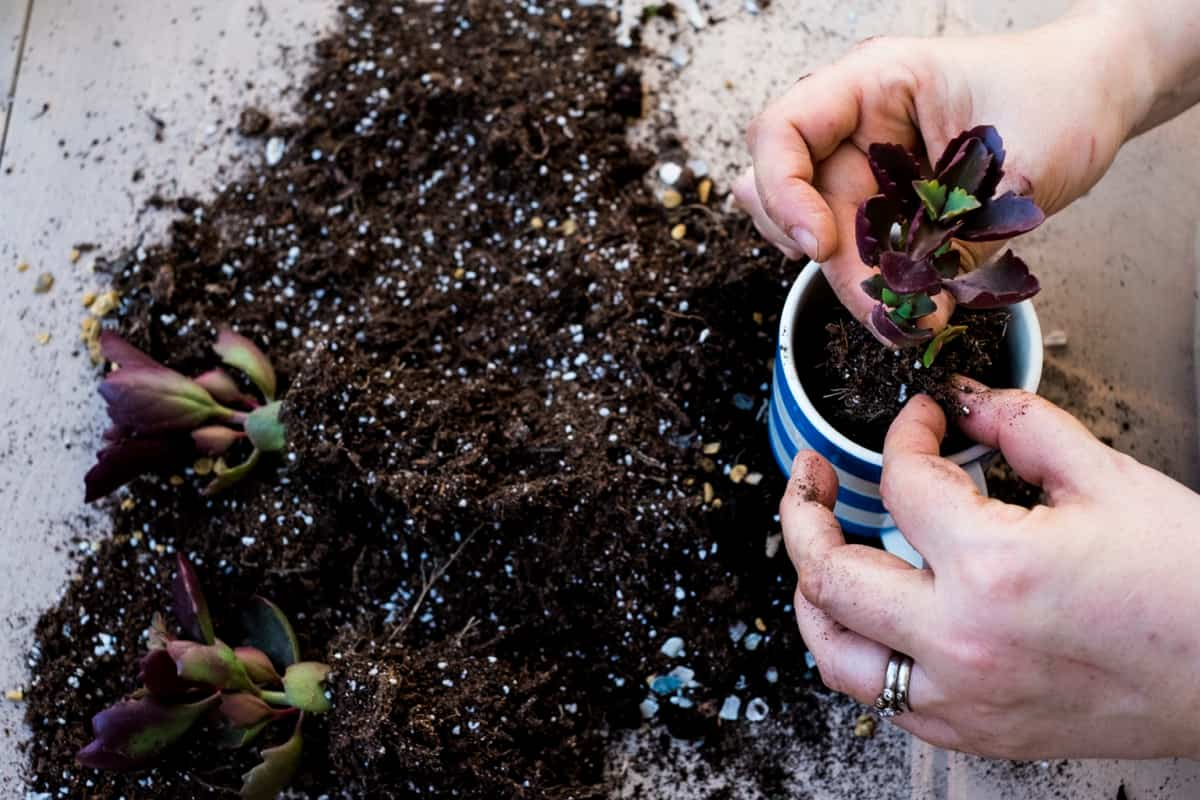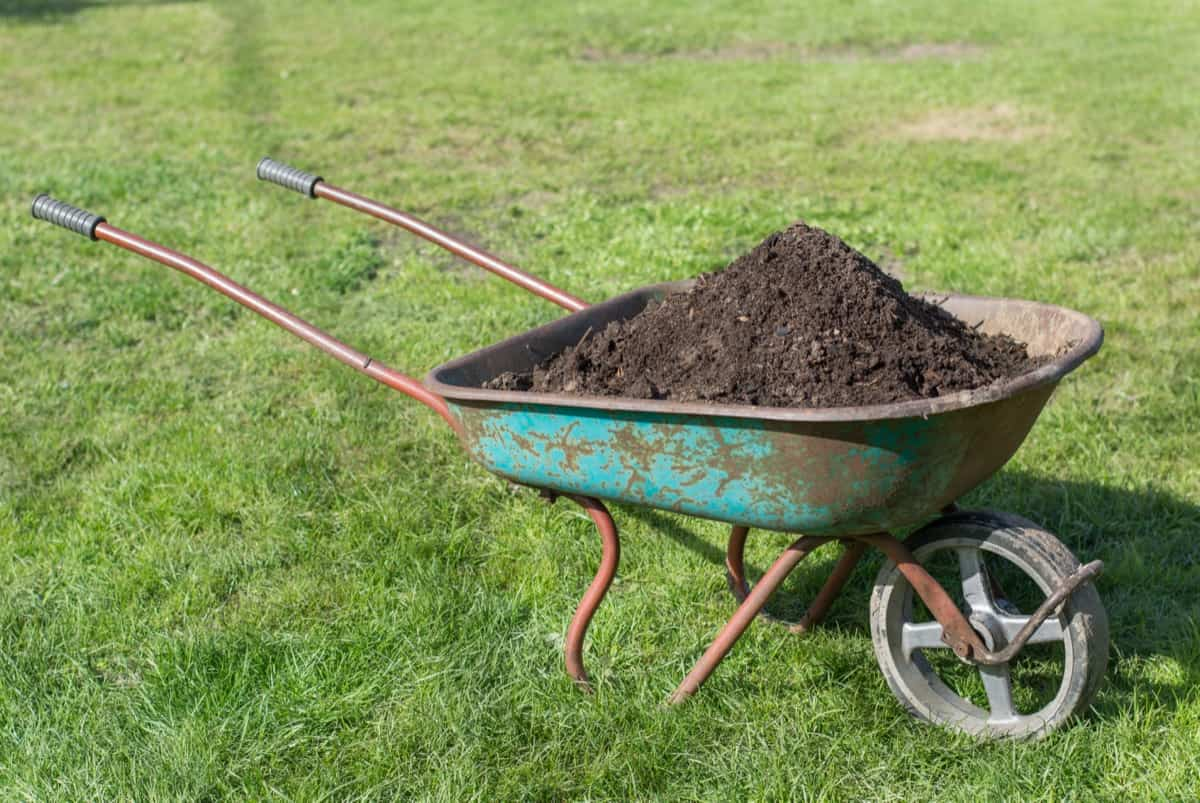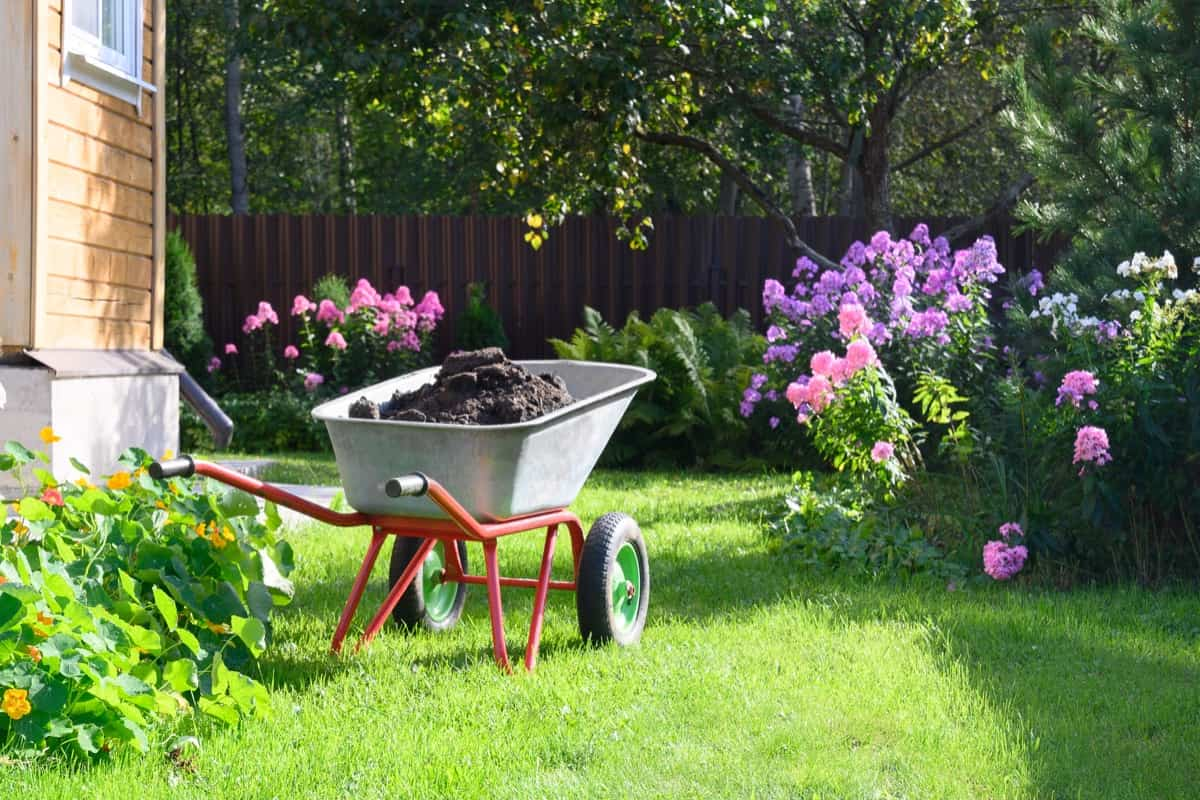Compost is a vital component of a thriving garden ecosystem. How does compost help soil? It enriches the soil with vital nutrients, improves soil structure, and promotes healthy plant growth. Composting organic matter like kitchen scraps, yard waste, and leaves reduces landfill waste while recycling nutrients back into the earth. The decomposition process in composting generates heat, which can help suppress harmful pathogens and weed seeds, contributing to plant health.

How does compost help plants grow? Compost enhances soil’s water retention capacity, reducing the need for excessive irrigation and aiding in drought resilience. This natural amendment fosters beneficial microbial activity, fostering a balanced soil ecosystem and minimizing the need for chemical fertilizers. By incorporating compost into your garden, you nurture sustainable practices, conserve resources, and foster a more robust, environmentally friendly gardening approach.
When to Add Compost to Your Garden
The Benefits of Compost Applications to Your Vegetable Garden
Nutrient Enrichment: It is rich in essential nutrients like nitrogen, phosphorus, and potassium, providing a natural source of nourishment for your plants, leading to healthier and more productive crops.
Improved Soil Structure: Compost helps to improve soil structure by enhancing water retention, aeration, and drainage. This creates an optimal environment for root growth and prevents soil compaction.
Microbial Activity: Compost introduces beneficial microorganisms to the soil, fostering a thriving ecosystem that aids in breaking down organic matter, suppressing harmful pathogens, and promoting nutrient cycling.
pH Regulation: Compost acts as a natural buffer, helping to stabilize soil pH levels. This is crucial for creating a favorable pH range that supports plant nutrient availability.
Sustainability: Utilizing compost diverts organic waste from landfills, reducing greenhouse gas emissions. It also reduces the need for synthetic fertilizers, decreasing chemical runoff and environmental impact.
When and How Often Should You Add Compost to Your Flower Beds?
Can you add compost to the garden after planting? It’s generally recommended to incorporate compost into flower beds annually, ideally during the spring or fall when planting activities are less intense. Adding a 2-3-inch layer of compost on the soil surface and gently mixing it into the top 4-6 inches can improve nutrient content and overall soil health.
However, individual factors like soil type, climate, and plant types can influence the frequency of compost application. Heavy-feeding plants may benefit from more frequent applications every 6 months, while less demanding plants could thrive with yearly additions. Regularly monitoring soil conditions and plant health will help determine the optimal schedule for compost incorporation, ensuring vibrant and flourishing flower beds.
The Right Time to Incorporate Compost into Your Herb Garden
Incorporating compost into your herb garden is best done during the early spring or fall months. These periods offer optimal conditions for soil enrichment and plant growth. Avoid adding compost during extreme weather or when the ground is frozen. Begin by clearing the garden of debris and loosening the soil surface.
In case you missed it: How to Get Rid of Maggots in Compost Bin: Tips and Natural Prevention Techniques

How to add compost to an existing garden? Spread a layer of well-rotted compost, around 2-3 inches deep, over the area and gently mix it into the topsoil. This process enhances soil structure, water retention, and nutrient availability, promoting robust herb growth. Remember that each herb may have specific preferences, so tailor your compost application to suit the individual needs of your herbs.
Timing and Frequency of Compost Application in Fruit Gardens
Timing and frequency depend on the specific fruit crops and local conditions. Generally, apply compost during the garden’s dormant period or early spring before new growth emerges. This allows nutrients to integrate into the soil before active growth starts. For perennial fruit plants like trees and bushes, an annual application is often sufficient.
For annual crops, a compost layer before planting and mid-season top-ups can benefit growth. Can I put compost on top of the soil? A depth of 1-2 inches is recommended, avoiding direct contact with plant stems to prevent rot. Regularly monitor soil quality and adjust composting frequency based on organic matter content and plant performance.
Adapting compost application to local climate and fruit type ensures optimal results for yield and sustainability. Compost application per acre: The finished compost is applied to the soil at a rate ranging from 5 to 50 tons per acre. Alternatively, 1 to 10 five-gallon buckets (about 20-25 lbs/bucket) should be used per 100 square feet.
Seasonal Composting: A Year-Round Guide for Adding Nutrients to Your Garden
Seasonal composting is a year-round practice that enriches your garden’s soil with vital nutrients. In spring, gather fresh plant debris and grass clippings, layering them with existing compost. Summer is ideal for composting kitchen scraps like fruit peels and coffee grounds, aiding decomposition. Fall sees the addition of leaves, creating a carbon-rich balance.
In winter, focus on maintaining the compost pile by turning it occasionally to ensure proper aeration and decomposition. As the seasons change, so should your composting approach, allowing a diverse mix of materials to break down effectively. This natural cycle transforms waste into nutrient-rich humus, enhancing soil structure, water retention, and plant growth.
Balancing Soil pH With Compost: Determining the Ideal Timing for Application
The ideal timing for applying compost to balance soil pH depends on factors like the compost composition, the current pH level, and the crops being grown. Compost generally has a neutral pH, making it valuable for both raising acidic soils and lowering alkaline ones. To your garden, add compost in the fall or spring for acidic soils allowing it to gradually release nutrients and buffer pH changes. In contrast, compost can be applied to alkaline soils before planting or during the growing season. Conducting a soil pH test beforehand is crucial to determine the extent of correction needed.
In case you missed it: From pH Levels to Composting: How to Prepare the Best Soil for Your Flower Garden

Compost Tea Vs. Solid Compost: Which is Better for Your Garden Plants?
Compost tea and solid compost offer distinct benefits to garden plants. It is a liquid fertilizer created by steeping compost in water, extracting nutrients and microorganisms. It enhances soil structure, promotes microbial diversity, and delivers nutrients directly to plants. However, its efficacy depends on proper aeration and brewing conditions.
On the other hand, solid compost is decomposed organic matter that improves moisture retention, soil structure, and nutrient availability over time. It enriches the soil with a broad spectrum of nutrients, supporting long-term plant health. Solid compost requires less monitoring than compost tea, contributing to sustained soil improvement.
Both methods have their merits. Compost tea provides a rapid nutrient boost and microbial support, while solid compost offers gradual, lasting soil enrichment. Consider your garden’s needs, resources, and preferences to determine which option best fits your gardening goals. Combining both approaches often yields optimal results for plant growth and vitality.
Common Problems with Adding Compost to Your Garden
- Imbalanced Nutrient Levels: Adding too much compost can disrupt the natural nutrient balance in the soil, leading to excessive levels of certain nutrients like nitrogen, which can harm plants and aquatic ecosystems.
- pH Disturbances: Compost can alter soil pH, potentially making it too acidic or alkaline for certain plants, hindering nutrient uptake and growth.
- Weed Seed Introduction: Poorly composted material might contain viable weed seeds, leading to an influx of weeds in your garden.
- Pathogen Spread: Inadequately composted materials can harbor harmful pathogens that may infect plants, compromising their health.
- Overwatering and Drainage Issues: Excessive compost can affect soil structure, leading to poor drainage and waterlogged conditions.
- Salt Accumulation: Some compost sources may contain high salts, harming plants sensitive to salt stress.
- Unwanted Materials: Contaminants in compost, like pesticides or chemicals, can harm plants and soil organisms.
- Odor and Aesthetic Concerns: Improperly managed compost piles can emit foul odors and be visually unappealing.
In case you missed it: Homemade DIY Compost Tea Soil Fertilizer: Recipe for Natural and Organic Benefits of Plants

Conclusion
In essence, the key to successful compost application lies in maintaining a sustainable and holistic approach to soil health. By integrating compost into your garden routine with consideration for plant type, soil condition, and seasonal requirements, you can create a thriving garden ecosystem that yields healthy, vibrant, and productive plant life year after year.
- Feed Your Flock for Less: Top 10 Tips to Save on Chicken Feed
- Ultimate Guide to Ossabaw Island Hog: Breeding, Raising, Diet, and Care
- Hatching Answers: The Top 10 Reasons Your Chickens Aren’t Laying Eggs
- Eggs and Economics: Breaking Down the Cost of Raising Backyard Chickens
- Defend Your Greens: Proven Methods to Keep Iguanas Out of Your Garden
- Ultimate Guide to Cinnamon Queen Chicken: A Comprehensive Guide for Beginners
- Ultimate Guide to California Tan Chicken: Breeding, Raising, Diet, Egg-Production and Care
- Ultimate Guide to Marsh Daisy Chicken: Breeding, Raising, Diet, and Care
- 10 Types of Chicken Farming Businesses You Can Start for Profits